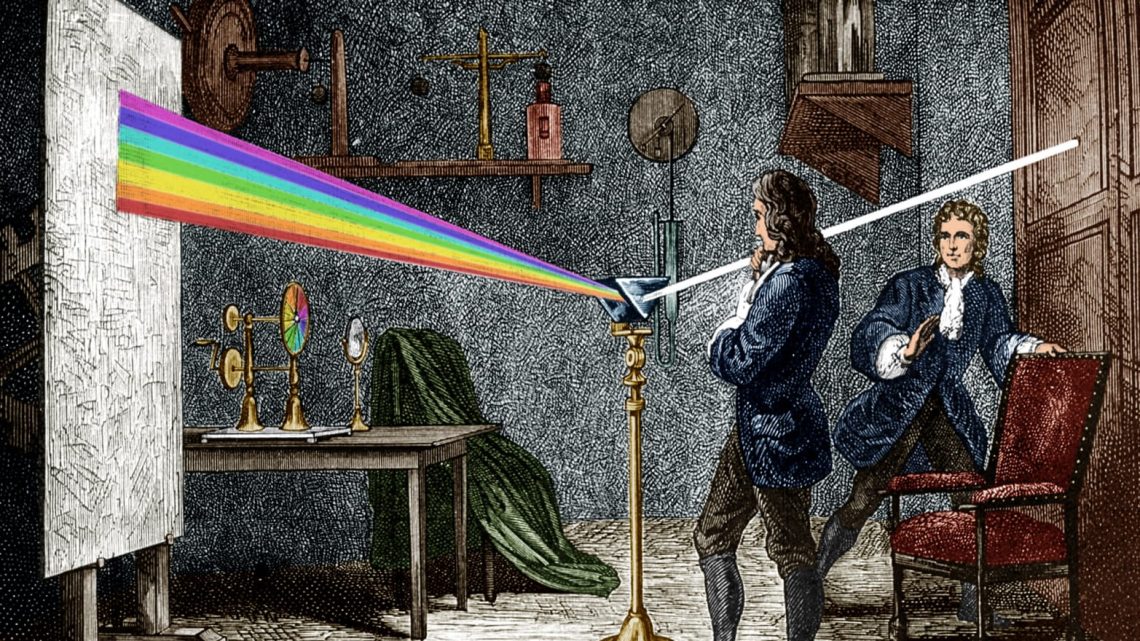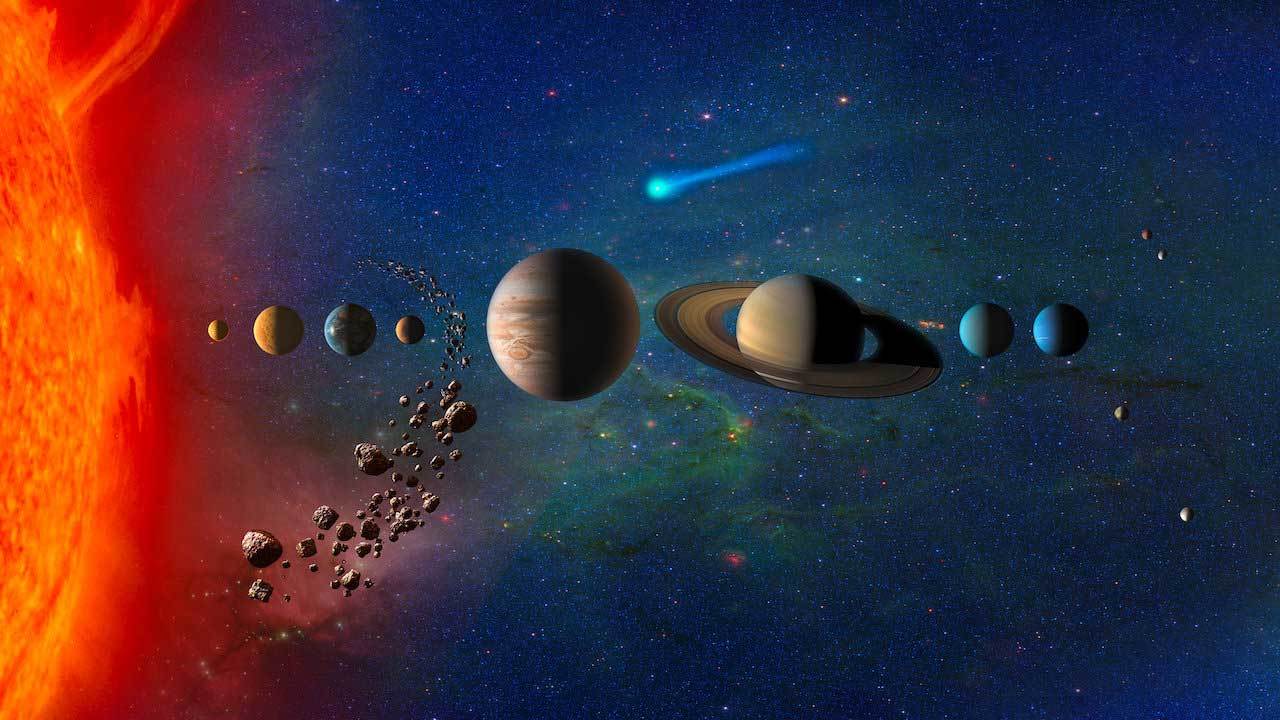
Exploring Science and Miracles
Defining Miracles Through Scientific Lens
Science and miracles often occupy distinct realms in our understanding. Miracles, commonly associated with supernatural or divine intervention, challenge scientific explanations due to their perceived deviation from natural laws. Understanding the scientific perspective on miracles involves exploring the boundaries of our knowledge and the phenomena that challenge conventional scientific understanding.
The Paradox of Miracles and Scientific Inquiry
Science relies on empirical evidence, observation, and testable hypotheses to understand the natural world. Miracles, by their very nature, defy the laws of physics or biology as we know them, posing a challenge to scientific inquiry. The paradox lies in reconciling the concept of miracles, which often lack empirical evidence, with the rigors of scientific investigation.
Scientific Skepticism and Critical Analysis
Scientific skepticism encourages a critical analysis of extraordinary claims, including those related to miracles. Skeptical inquiry aims to scrutinize anecdotal accounts or purported miracles using scientific methodologies. It seeks to discern whether phenomena attributed to miracles might have natural explanations or arise from cognitive biases, misinterpretations, or unknown scientific principles.
Exploring Psychological and Perceptual Factors
Some purported miracles might find their roots in psychological or perceptual phenomena. The human mind’s susceptibility to cognitive biases, such as confirmation bias or selective perception, can influence perceptions of miraculous events. Understanding these psychological factors sheds light on how individuals interpret and perceive events, even those labeled as miraculous.
Neurological and Brain-based Explanations
Scientific research delves into the brain’s workings and neurological processes to explore potential explanations for experiences often labeled as miraculous. Neuroscientific studies investigate phenomena like religious experiences, near-death experiences, or visions, offering insights into how these events might be neurologically grounded rather than supernatural.
Quantum Physics and the Boundaries of Reality
The realm of quantum physics challenges traditional notions of reality and opens avenues for contemplating phenomena beyond classical explanations. Discussions within quantum physics explore concepts like entanglement, non-locality, and observer effects, sparking speculation about possibilities that might transcend conventional scientific understanding.
Natural Explanations and Statistical Probability
Scientific inquiry often leans toward seeking natural explanations for events attributed to miracles. Probability theory and statistical analysis contribute to understanding the likelihood of extraordinary occurrences within the context of natural laws. Exploring statistical probabilities aids in differentiating between events that defy probability and those that fall within expected ranges.
Ethical and Cultural Perspectives on Miracles
Miracles often intertwine with cultural, religious, and ethical dimensions. Science acknowledges the subjective nature of belief systems and cultural influences on perceptions of miraculous events. Understanding diverse perspectives sheds light on how beliefs, ethics, and cultural contexts shape interpretations of phenomena labeled as miraculous.
The Quest for Scientific Understanding and Humility
Science, while a powerful tool for understanding the natural world, acknowledges its limitations in explaining all phenomena. The pursuit of scientific understanding involves humility, recognizing that some questions may lie beyond current scientific frameworks. Embracing the unknown fosters curiosity and encourages continued exploration of phenomena that challenge our understanding.
Respecting Diverse Perspectives and Interpretations
Respecting diverse viewpoints fosters a comprehensive understanding of miracles. Acknowledging that interpretations of miraculous events vary across cultures, faiths, and personal beliefs underscores the complexity of these phenomena. Embracing pluralism encourages dialogue, empathy, and mutual understanding among individuals with differing perspectives.
The Intersection of Science and Mystery
The exploration of miracles through the lens of science remains a complex and ongoing endeavor. While scientific inquiry seeks to elucidate the natural world’s mysteries, the nature of miracles invites contemplation of phenomena that might transcend scientific explanation. Recognizing the intersection of science and mystery invites curiosity, humility, and a nuanced understanding of the profound questions that persist within the realm of miracles. What are your thoughts on miracles? Let us know in the comments below.
You May Also Like

Eating Disorders Among Queer People in 2022
2022-06-14
The Strangest Planets In The Universe (Part 2)
2021-07-20


